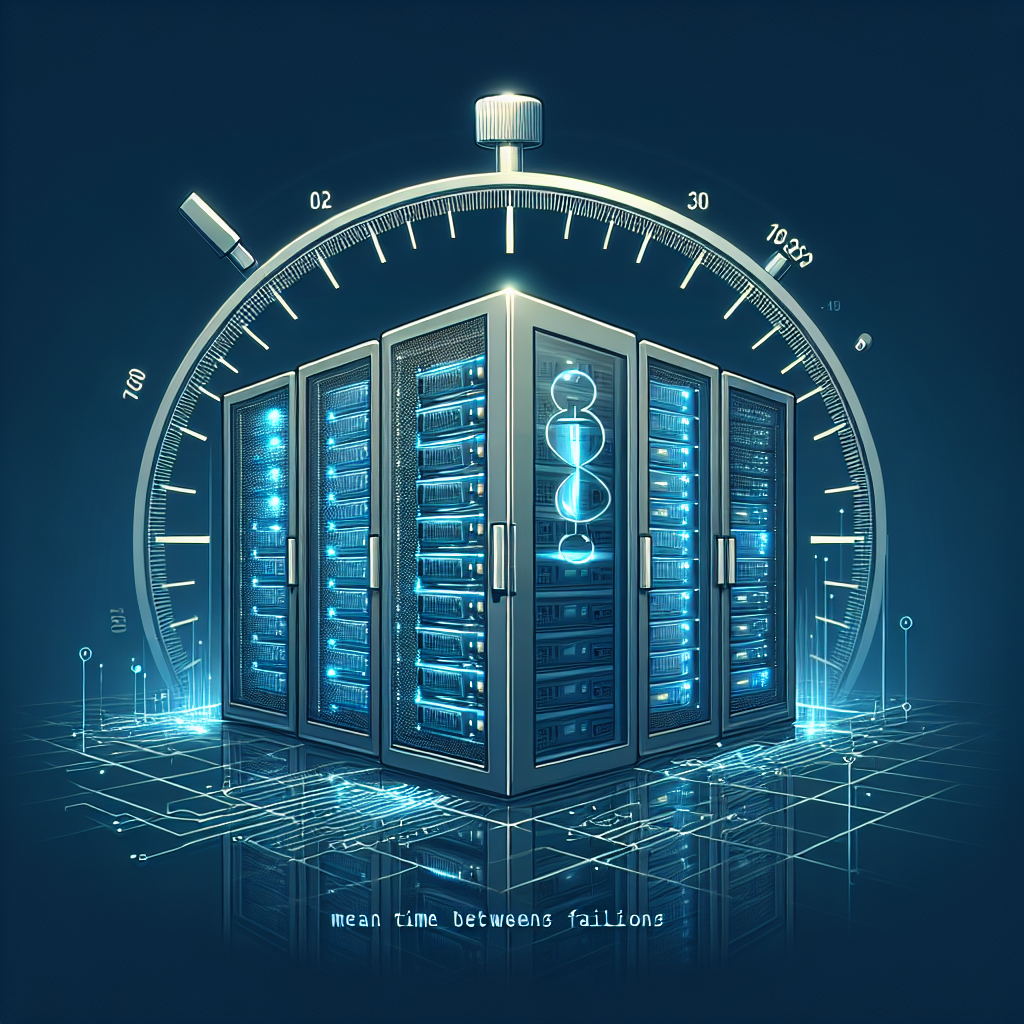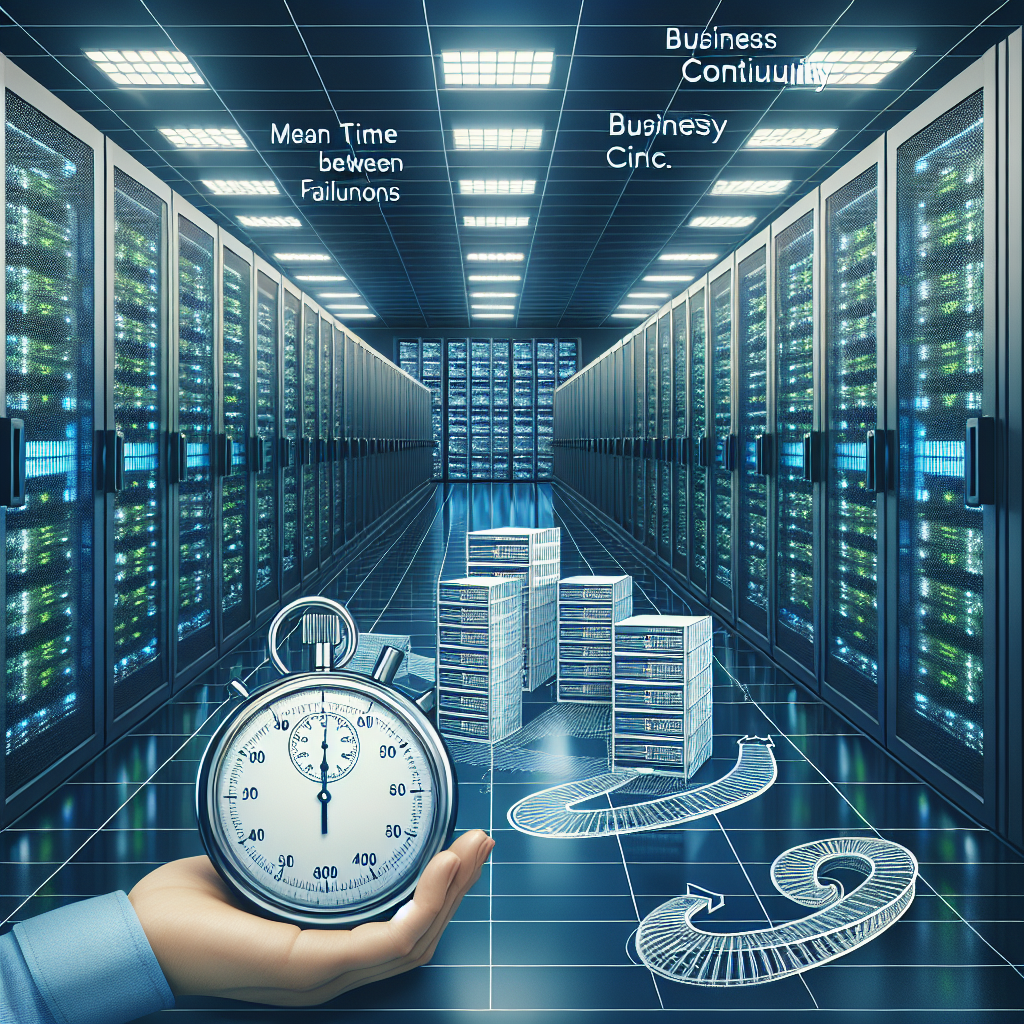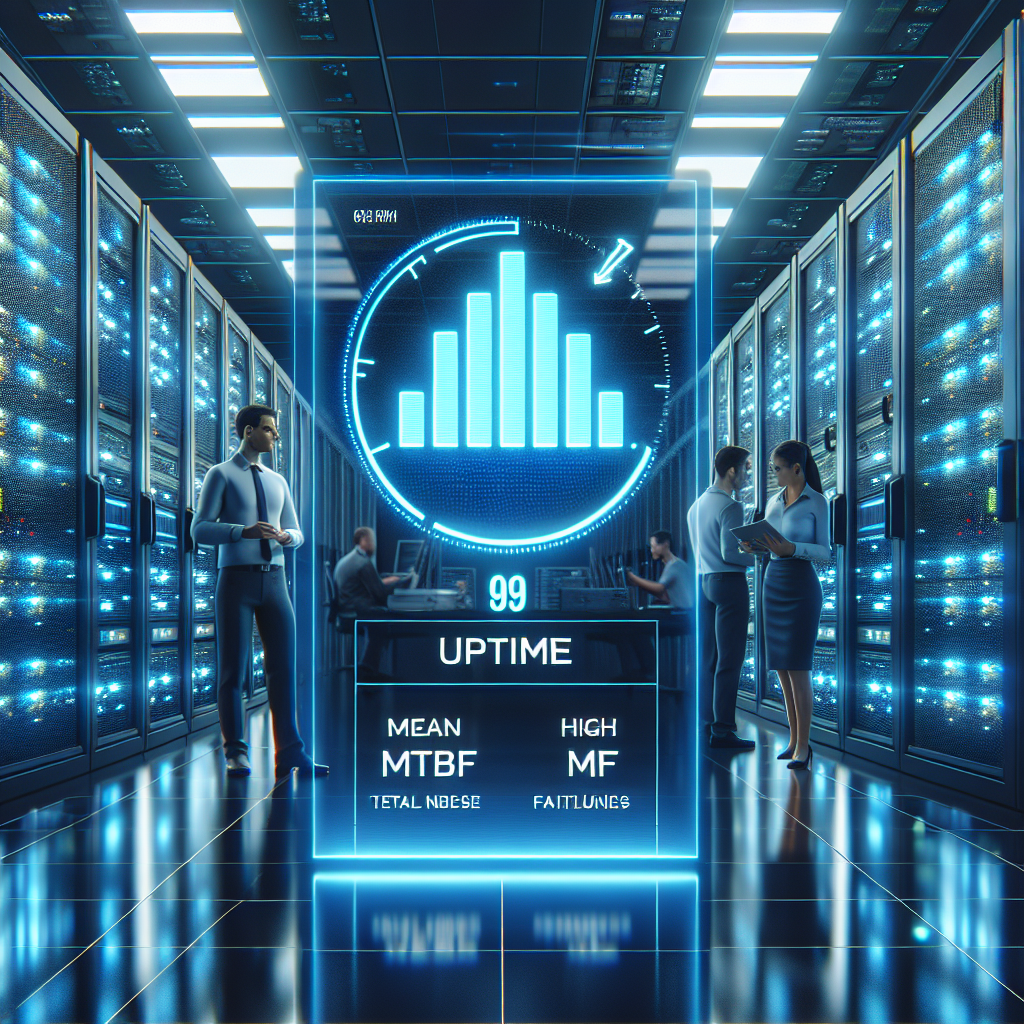Data centers are the backbone of modern businesses, handling vast amounts of data and ensuring that critical systems and applications are running smoothly. However, as data centers grow in complexity and scale, ensuring optimal performance can be a daunting task. One key aspect of optimizing data center performance is monitoring Mean Time Between Failures (MTBF), a metric that measures the reliability of hardware components within the data center.
MTBF monitoring is essential for data centers because it provides insights into the reliability of critical components such as servers, storage devices, networking equipment, and power supplies. By tracking the MTBF of these components, data center operators can identify potential points of failure and take proactive measures to prevent downtime and data loss.
There are several ways that data center operators can optimize performance through MTBF monitoring. First and foremost, regularly monitoring MTBF metrics allows operators to identify trends and patterns in component failures. By analyzing this data, operators can pinpoint recurring issues and address them before they cause major disruptions to data center operations.
Furthermore, MTBF monitoring can help data center operators prioritize maintenance schedules and replacement cycles. By knowing the expected lifespan of each component based on its MTBF, operators can plan maintenance tasks accordingly, reducing the risk of unplanned downtime and extending the overall lifespan of hardware components.
In addition, MTBF monitoring can also help data center operators make informed decisions about hardware procurement. By tracking the MTBF of different hardware vendors and models, operators can choose components that offer the best reliability and performance for their specific needs.
Overall, optimizing data center performance with MTBF monitoring is a critical aspect of ensuring the reliability and efficiency of data center operations. By tracking and analyzing MTBF metrics, data center operators can proactively manage hardware failures, reduce downtime, and improve the overall performance of their data center infrastructure.









